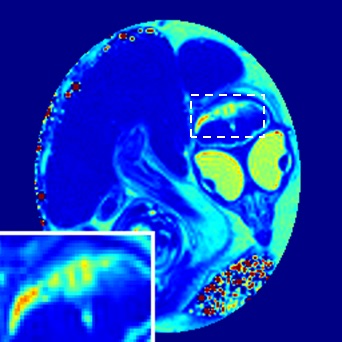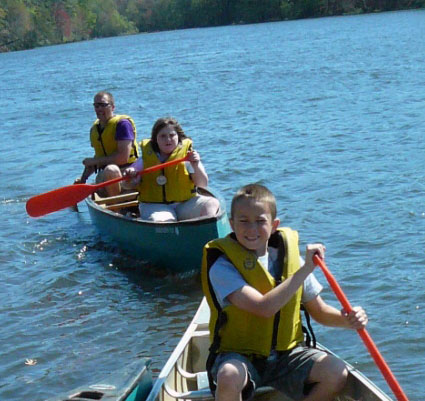So we were sitting in a meeting talking about radon.
Somebody, bemoaning the lack of awareness of this so-called “silent killer,” said “It’s not sexy,” and I agreed, as I happen to be one of those weirdos who thinks odorless, potentially cancer-causing radioactive gasses is about as appealing as a colonoscopy.
Since arriving at the University of Georgia a couple months ago, I have received quite an education.
One of the many talented people I work alongside in the College of Family and Consumer Sciences is Becky Chenhall, a UGA Extension radon educator. After listening to Becky rattle off some of the statistics associated with radon – it is the second-leading cause of lung cancer in the U.S., reportedly responsible for about 21,000 deaths each year – I admit I got a little concerned.
Radon is naturally present in granite bedrock, and there’s a lot of granite in this part of Georgia (see Stone Mountain). Granite contains uranium, and uranium decays into radium, and radium decays into radon gas.
All of north Georgia has a moderate to high potential for radon, Becky said. Children are considered more susceptible to exposure to radon because their lungs are still developing and they tend to breathe more; also because radon is heavier than air and concentrates closer to the ground where most children hang out.
A world champion hypochondriac who is prone to bouts of pessimism that would make Eeyore appear chipper, I immediately began worrying about my own house and my two little boys.
Are we doomed?
First, I had to test my house.
Becky’s office has offered radon testing for the last 10 years, and it’s actually a simple process. As somebody who has difficulty operating anything more complex than a flat-head shovel, I always wince when somebody says “It’s easy,” as Becky did. But in this case, it’s true.
I took two of the radon kits she gave me (I got them for free because I work here and I agreed to write this piece, but for commoners, it’s $10 through the mail, available at the link below) and placed them in my home. The kits themselves are small envelopes with all the instructions written on them. Inside the kit are tiny charcoal particles that soak up the radon.
Essentially, you hang the kits from a string in your home, leave it there for 3 to 7 days, then seal it up in the pre-stamped envelope and mail it off. A few days later, you’ll get your results in the mail, or, if you have the presence of mind to record your kit number, you can get them online.
I hung one kit in the basement roughly two feet from the ground; the other I hung in a corner of our bedroom, where my main concern was keeping our 18-month-old son from eating it. Fortunately, both results turned up low levels of radon.
The measurements are given in “picocuries” per liter. A reading of 4 pCi/L or higher is cause for concern. The average indoor reading is about 1.3 pCi/L. On average, about 1 out of every 15 homes will have high levels of radon.
If your home does test high for radon, there is hope. There are about a dozen certified radon mitigators in Georgia that can alleviate the problem by installing a venting system that diverts the radon outside of the home.
Since the UGA Extension radon program began in 2003, about 45,000 kits have been distributed. With January being National Radon Action Month, Becky, along with fellow radon educator Gabrielle Walters and Pamela Turner, director of the UGA Radon Education Program, hopes folks will test their homes.
“It’s kind of like smoking,” Becky said. “Everybody who smokes does not get lung cancer and everybody who is exposed to radon does not get lung cancer, but we want to reduce our risks as much as possible.”
Definitely not sexy, but worth $10 for the peace of mind.
For more information on radon, visit the following two sites: UGA Extension at www.ugaradon.org or the U.S. Environmental Protection Agency at www.epa.gov/rado/nram/ .








